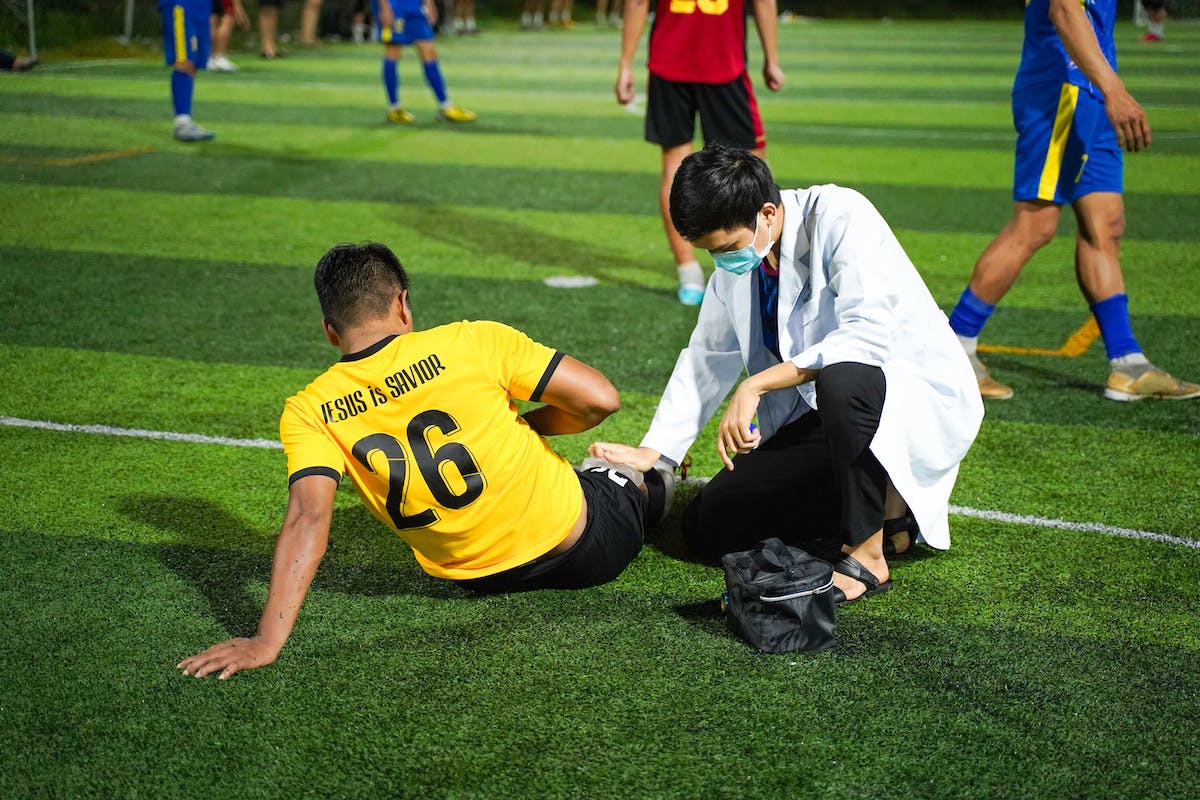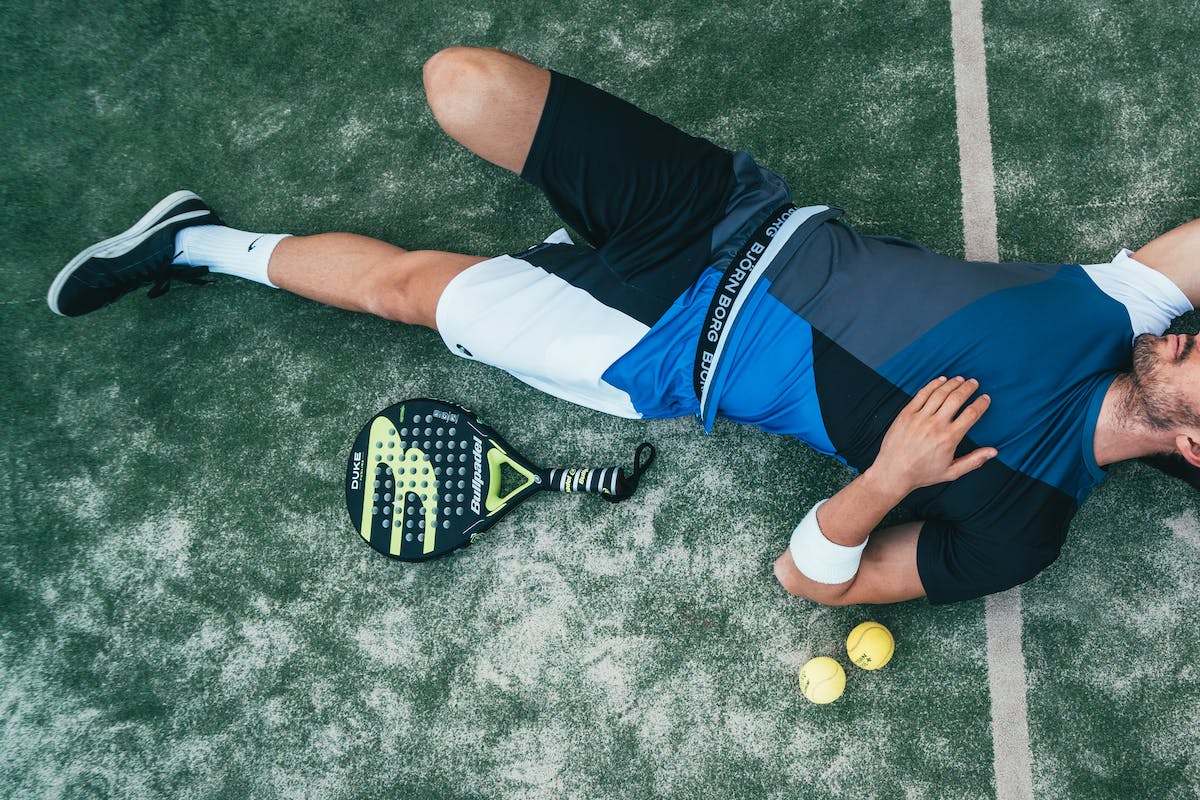
Optimizing Athletic Performance: Comprehensive Strategies for Sports Injury Rehabilitation

- Understand your sports injury to choose the proper treatment: rest, surgery, or physiotherapy.
- Employ rest and cryotherapy immediately after injury to reduce pain and inflammation, preventing further damage.
- Incorporate physiotherapy and massage to restore strength and flexibility and facilitate muscle recovery.
- Balance nutrition and hydration to support tissue repair and overall recovery during rehabilitation.
- Engage in cross-training activities to maintain fitness while avoiding further injury and enhancing mental well-being.
Athletic performance is an essential aspect of any sportsperson’s life. Injuries can occur at any time, whether you’re a professional athlete or someone who enjoys sports. Injuries have the potential to cripple your athletic career and even affect your daily routine. Therefore, it’s essential to adopt comprehensive strategies to rehabilitate sports injuries and optimize athletic performance.
This blog post will provide all the necessary information on how to do that.
Understand the injury
The first step towards rehabilitating a sports injury is understanding the type of injury you have sustained. The severity and location of the injury will dictate the course of treatment you need to follow. For instance, surgery might be necessary if you have a ligament tear. On the other hand, if it’s a muscle strain, rest and physiotherapy might suffice.
Stages of Injury
Additionally, gaining a thorough understanding of your injury involves familiarizing yourself with the various stages of injury. Acute inflammation is the immediate response characterized by pain and swelling. This phase is critical as it lays the foundation for the healing process. After the acute phase, the body enters the repair stage, where damaged tissues begin to heal, followed by the remodeling phase, where tissues regain strength and flexibility.
Setting Realistic Goals
Recognizing these stages can help tailor your approach to rehab and set realistic expectations for recovery. Moreover, consulting with a medical professional can provide a proper diagnosis and insights into the underlying causes of the injury, thus preventing further complications.
Rest and ice
Rest is crucial when it comes to sports injury rehabilitation. Depending on the severity of your injury, you might need to take some time off from training until it heals completely. Ice therapy can also help reduce inflammation and pain in injured areas.
Approach with Care
While rest is imperative to prevent further damage and provide the body with the necessary downtime to initiate healing, it must be approached with care. Complete inactivity can lead to stiffness and decrease muscle strength, so it is essential to balance rest with gentle, controlled movements as advised by a healthcare professional.
Cryotherapy
Ice therapy, commonly known as cryotherapy, is essential to sports injury management, particularly during the initial 48 to 72 hours following an injury. Applying ice to the affected area helps to constrict blood vessels, which reduces blood flow, swelling, and inflammation, subsequently alleviating pain. It’s recommended to apply ice for 20 minutes at a time with intervals to prevent skin damage, wrapping the ice pack in a thin towel to avoid direct contact with the skin.
Physiotherapy
Once you’ve rested enough, physiotherapy is an excellent way to help restore strength and flexibility in injured areas. A qualified physiotherapist can help design exercises targeting specific muscles that require rehabilitation.
Get a Massage
In addition to regular physiotherapy sessions, getting a massage can also aid in the recovery process. Massages help improve blood flow and reduce muscle tension, promoting healing and pain relief. So, you should also consider visiting a clinic offering a relaxing deep tissue massage.
Nutrition
Your diet plays a significant role in optimizing athletic performance while recovering from an injury. Ensure you consume adequate protein, as it helps repair damaged tissues faster.
Balancing Macronutrients
Furthermore, your overall macronutrient intake should be well-balanced. Carbohydrates provide the necessary energy for rehabilitation exercises and daily activities. At the same time, fats are crucial for the absorption of vitamins and the reduction of inflammation. Incorporating a variety of fruits and vegetables in your diet will also supply the antioxidants and phytonutrients needed to combat oxidative stress and promote tissue repair.
Importance of Hydration
Hydration must not be overlooked during the recovery process as well. Adequate fluid intake is vital for maintaining the health of cells and tissues, and it can also help to flush out toxins from the body. Remember to drink water regularly and consider drinks that replenish electrolytes, especially after light exercise or physiotherapy sessions.
Cross-Training

Cross-training involves engaging in different activities that don’t cause further damage to injured areas but still allow you to maintain fitness levels while recovering from an injury. Swimming or cycling are good cross-training activities that could benefit athletes with lower-body injuries.
Low-Impact Exercises
Cross-training can include low-impact exercises that offer a respite for joints and muscle recovery. Incorporating these activities helps to alleviate the monotony of rehabilitation. It can prevent overuse injuries from repetitive strain on specific muscles. For instance, an athlete recovering from a knee injury might find swimming beneficial, providing a full-body workout with minimal stress on the knee joints.
Mental Engagement
Moreover, varying your workout routine with cross-training keeps your body engaged and stimulates your mind. It can be mentally taxing to be sidelined by an injury, and cross-training can offer the psychological boost needed to stay motivated during recovery. It provides a way to continue setting and achieving fitness goals, essential for an athlete’s mental well-being.
Optimizing athletic performance is only possible if you prioritize your recovery from injuries. Understanding the injury, resting, ice therapy, physiotherapy, nutrition, and cross-training are all essential components of comprehensive strategies for sports injury rehabilitation. With the right approach to rehabilitating sports injuries, you can recover faster and return to peak performance levels quickly!